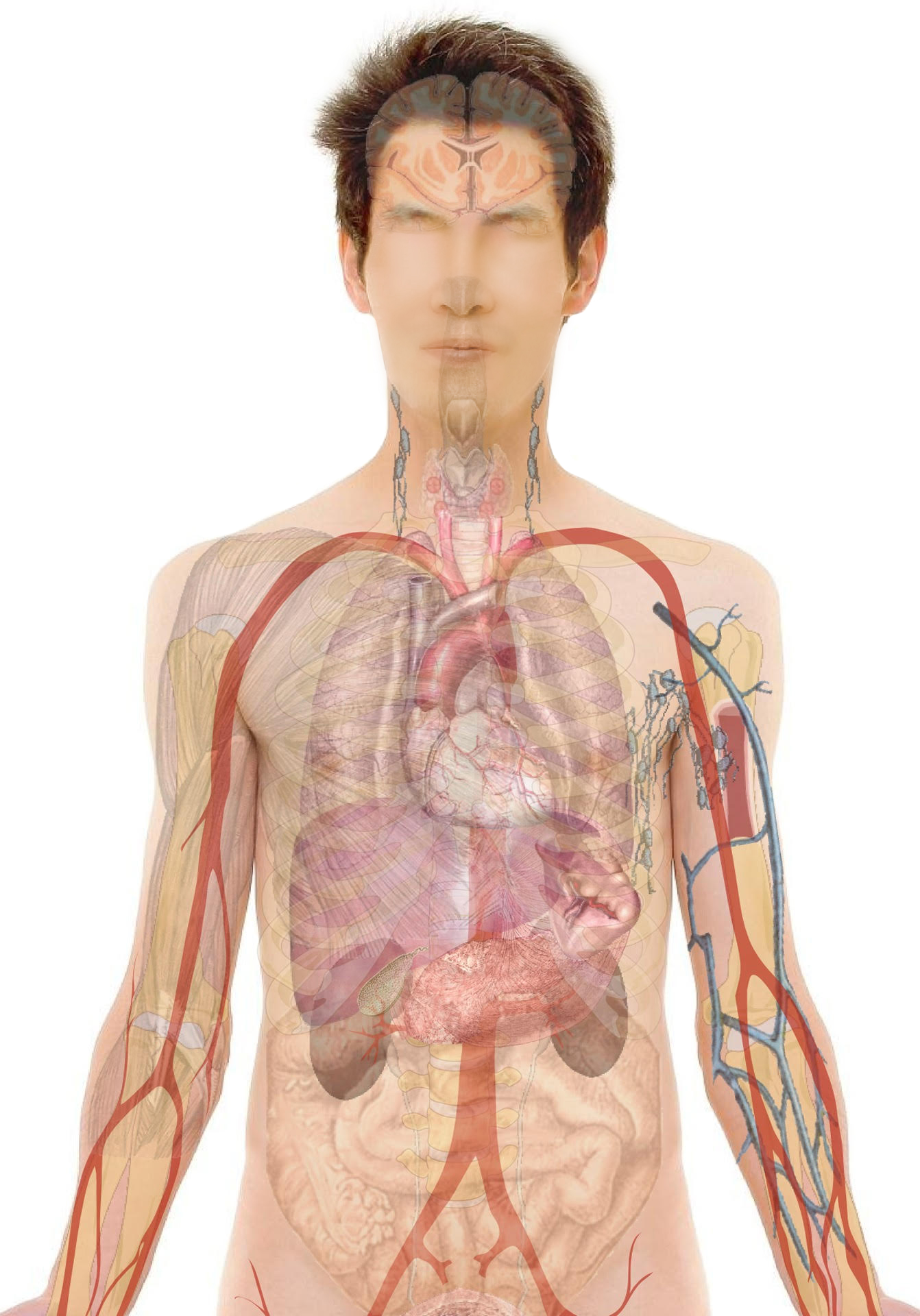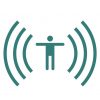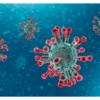Definition and Causes:
Multiple, daily attacks of pain that occur along one side of the face or head (i.e. unilateral) and maybe sometimes associated with tearing, runny nose and sweating along the same side as the pain. It may be
It is divided into 2 forms:
Chronic:
- Attacks are experienced on a daily basis for a year or more
Intermittent (episodic):
- Bouts of frequent daily attacks, that are separated by relatively long intervals of pain-free periods
Causes:
Paroxysmal hemicrania is a rare condition with no definitive cause. Patients experiencing these attacks usually do not exhibit any other neurological symptoms. Needs to be distinguished from
- Trigeminal neuralgia (lancinating localized pain on face/jaw exacerbated by chewing, speaking and not associated with droopy eyelid and tearing)
- Cluster headache (intense, localized pain on one side of face/head/eye that occurs roughly the same time each day for several minutes before dissipating)
History of head and neck trauma had been reported in 20% of cases.
There is no known inheritable pattern or familial disposition associated with this condition.
It can occur in both sexes; but affects females more than males.
Triggers:
In some, the headache may be provoked by bending or rotating the head or by applying external pressure against the back of the neck.
Symptoms:
Usually starts in adulthood and may include:
- Severe throbbing, gnawing unilateral pain
- Pain may involve the face, areas around and behind the eyes as well as the back of the neck
- Duration of attacks: 2-45 minutes
- Frequency: Up to 40 times per day
- May occur daily or intermittently with periods of remissions for months to the year
- Pain may be associated with ipsilateral (along the same side)
- Redness and tearing of the eye
- Eyelid swelling and ptosis (drooping of the eye)
- Nasal congestion
Investigations and Treatment:
Diagnosis is usually made on the basis of characteristic symptoms, and normal physical /neurological examination.
History:
Doctors may inquire about:
- The nature of pain
- Severity and intensity
- Location/ frequency/ duration
- Chronic or intermittent
- Association with head and neck movements
- Swelling around the eyes, tearing and runny nose
- Sweating (on the side of the head that has the pain)
Physical exam might include:
- Blood pressure, heart rate, temperature as well as a neurological examination which will include a close inspection of the face
Investigations:
No investigations are required to diagnose paroxysmal hemicrania. However, some physicians may request investigations to assess for other conditions such as:
– Blood tests:
- Routine blood test (electrolytes, glucose, hemoglobin etc.)
- Hormonal studies for diabetes, thyroid function
– Indomethacin test:
Indomethacin is a pain medication similar to aspirin and ibuprofen. Patients with paroxysmal hemicrania often have significant or complete relief in pain with this medication. Hence, it can be used to assist with the diagnosis. Indomethacin is usually administrated orally and the patient is monitored for pain relief. In paroxysmal hemicrania, indomethacin provides complete or significant pain relief.
– Brain imaging:
CT or MRI of the brain is usually not required in typical cases. However, may be requested in some instances
- Computed tomography (CT) scan:
This device uses x-rays. Patients will lie on a table with the head placed inside of the scanner (resembles a large donut). Computer analysis of x-ray images produces detailed images of the brain. The scanning time is usually very rapid (less than 1 minute). In special circumstances, a dye might be injected into the veins just before the scan (CT with contrast). This can sometimes help to identify areas of infection (abscesses), inflammation, tumors, etc.
- Magnetic resonance imaging (MRI):
This does not use x-rays. Instead, MRI uses magnetic fields over the body. The device looks like a long cylindrical tube. Patients will lie on a table that slides into the hollow tube. Computer analysis of magnetic fields within the machine can generate images of the internal structures of the body’s organs, including the brain. MRI of the brain will show the normal structures, plus any area(s) of brain injury caused by the inflammation, tumors, previous stroke, etc. Patients must lie still inside a MRI machine for about 30-60 min. In some circumstances, a dye might be injected into the veins (enhanced MRI) just before the scan to help improve the detection of abnormalities. Patients who complain of claustrophobia or discomfort may be given a mild sedative to help relax prior to MRI scanning.
Treatment:
The nonsteroidal anti-inflammatory drug (NSAID) (indomethacin); is the first choice of treatment for paroxysmal hemicrania.
Other options may include: Naproxen, aspirin, calcium-channel blocking drugs (such as verapamil), and corticosteroids.
Medications:
Patients are treated based on their symptoms as they present to a physician.

Risk Factors and Prevention:
Lifestyle changes may prevent headaches; such as maintaining good sleep routine and aerobic exercise.
Outcome:
- Complete or near-complete relief of symptoms may be achieved by taking medications
- Sometimes patients may go into prolonged remission or the headaches may stop spontaneously








